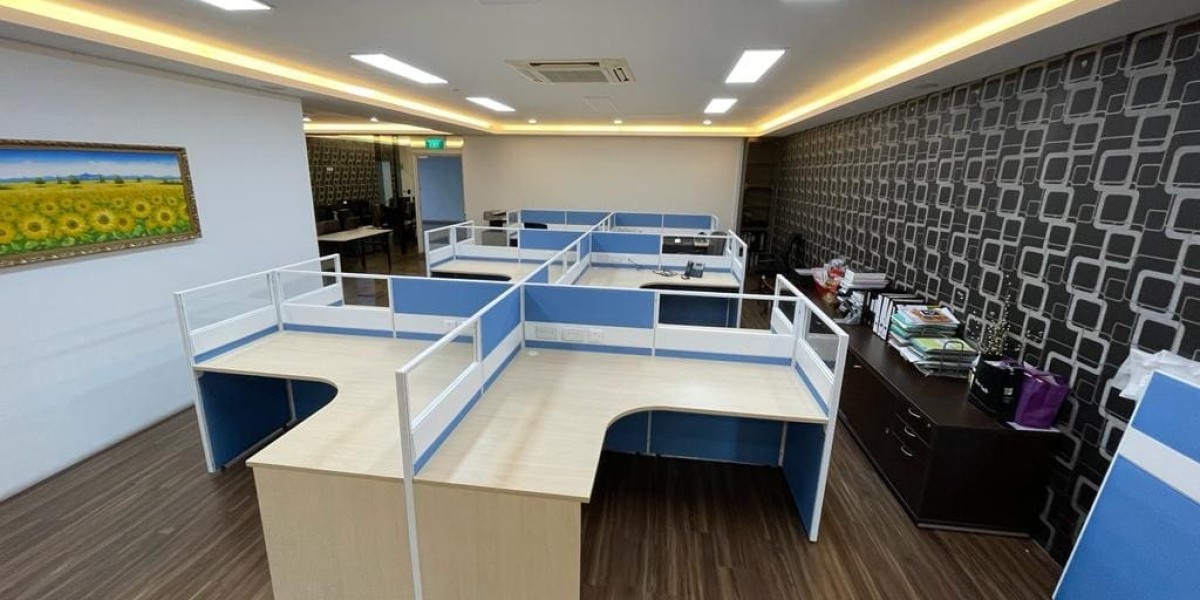Buying trees online can be an exciting and convenient way to enhance your garden or landscape. The internet has opened access to a vast array of tree species, often more than local nurseries offer. However, shopping for trees online comes with its own set of challenges. From understanding tree specifications to ensuring you're purchasing from a reliable source, there are several factors you should consider to avoid costly mistakes.
Here’s a comprehensive checklist to guide you through the process of buying trees online with confidence:
Know Your Zone and Climate Compatibility
Before buying trees online, it's crucial to determine your USDA hardiness zone or equivalent for your region. Each tree species has specific climate requirements for optimal growth. Trees that thrive in one climate zone may struggle or fail in another. Most reputable online nurseries will list the climate zones where each tree will thrive. Be sure to cross-check this information with your local conditions.
Additionally, consider microclimates in your yard. For example, a sunny, sheltered corner of your property may support a tree that wouldn’t thrive elsewhere in the same zone.
Understand Tree Size and Growth Rate
When buying trees online, it’s essential to understand the size of the tree at maturity and how fast it will grow. Online listings typically include two size measurements: the current height of the tree being shipped and the expected height at maturity. Be clear on both of these dimensions to avoid buying a tree that’s too large or small for your space.
In addition to size, consider the tree’s growth rate. Some trees, like willows or poplars, grow quickly but may require more frequent maintenance, while others grow slowly, which may suit a more low-maintenance garden design.
Check the Root Type: Bare Root, Potted, or Balled & Burlapped
Online nurseries generally offer trees in one of three forms: bare root, potted, or balled & burlapped (B&B). Each has its advantages and drawbacks.
- Bare-root trees are shipped without soil around their roots. These are usually more affordable and lightweight, but they must be planted immediately after delivery.
- Potted trees come in containers with soil, making them easier to plant. However, due to their added weight, they can be more expensive to ship.
- Balled and burlapped trees have their roots wrapped in burlap and packed in soil. They tend to be larger and have a significant immediate impact on landscaping, but they also come with higher shipping costs.
Understanding the pros and cons of each root type can help you choose what best fits your budget and landscaping timeline.
Evaluate Shipping Practices and Warranty
Shipping live plants is a delicate process, and reputable online nurseries will take extra care in packing and handling trees to ensure they arrive healthy. Look for details on the nursery’s shipping practices, such as using insulated packaging or expedited shipping to minimize transit time.
In addition to shipping details, it’s important to understand the warranty or guarantee policies. Many online tree retailers offer guarantees for plant health, often ranging from 30 days to one year after purchase. Some even provide free replacements or refunds if the tree doesn’t survive or thrive after planting. This policy acts as a safety net if the tree is damaged during shipping or fails to establish itself.
Read Reviews and Check the Nursery's Reputation
Customer reviews can be invaluable when assessing the reliability of an online nursery. Look for reviews that specifically mention the health of the trees upon arrival, the accuracy of tree descriptions, and the level of customer service. Many online retailers also offer user-generated photos of their purchases, giving you a better idea of what to expect.
In addition to customer reviews, check the nursery's track record. Have they been in business for a long time? Do they have a responsive customer service team? A reliable nursery will often provide more detailed plant care instructions and be readily available to answer any questions you may have after purchase.
Consider Soil and Sunlight Requirements
Each tree needs specific soil and sunlight to ensure healthy growth. Online listings usually include detailed information about whether a tree prefers full sun, partial shade, or full shade and its tolerance for various soil types, such as clay, loam, or sandy soil. Matching these conditions with your yard’s characteristics will improve the likelihood of success when planting.
If you’re unsure about your soil type, you may want to conduct a soil test before purchasing trees. Knowing whether your soil is acidic, alkaline, or neutral will help you select species that will thrive in your garden.
Conclusion
Buying trees online can be a smooth and rewarding experience if you approach it with the right knowledge. By following this checklist—understanding your climate zone, tree size, root type, shipping practices, nursery reputation, and soil requirements—you’ll be well-prepared to make an informed purchase that enhances your landscape for years to come.
Taking the time to research these factors will help ensure that the trees you buy arrive healthy and thrive in your yard, providing beauty and shade for generations.


